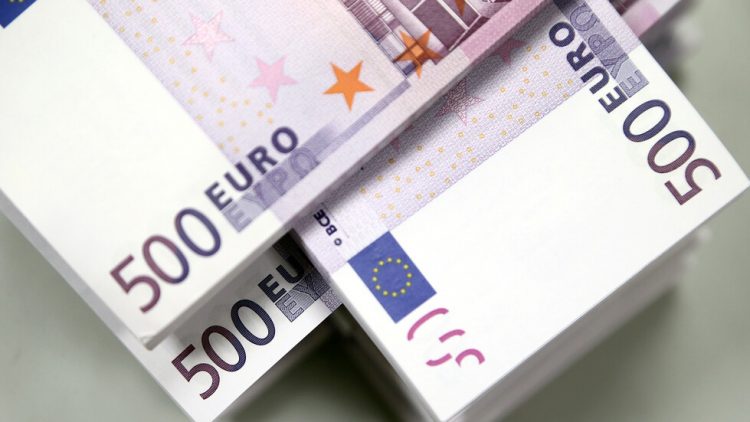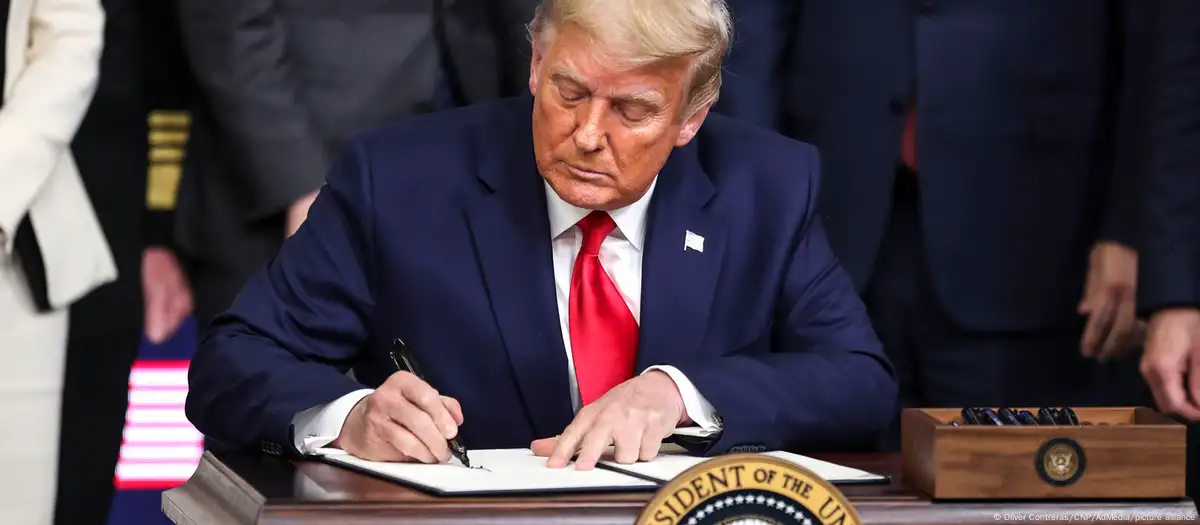Publisher: Maaal International Media Company
License: 465734
Euro Falls to Lowest Since 2022 as Bets on ECB Rate Cuts Surge
The euro fell to the lowest level in two years as traders bet the European Central Bank will have to cut interest rates aggressively to bolster the region’s economy, Bloomberg reported.
The common currency fell more than 1% to $1.0335, the weakest since November 2022, after data Friday showed business activity in the bloc’s two biggest economies contracted more than expected. The market-implied odds of a half-point rate cut next month jumped to more than 50%, from about 15% on Thursday.
“This report truly puts a 50 basis point cut on the table,” said Matthew Landon, global market strategist at J.P. Morgan Private Bank, adding that betting against the currency is the firm’s “preferred short” trade in FX markets.
اقرأ المزيد
The euro is one of the worst-performing currencies across the Group-of-10 over the past three months as the prospect of harsh tariffs under a Donald Trump presidency in the US risks dealing a blow the region’s export-dependent economies. That’s all while Germany and France are grappling with domestic political crises that has sapped investor confidence.
Traders are increasingly betting the currency could extend its slide toward parity against the dollar — something that’s only happened twice since it was launched in 1999. The premium paid in the options market to hedge against further losses is now near the highest in five months.
The latest positioning data released by the Commodity Futures Trading Commission show that hedge funds boosted bearish wagers on the euro in the week ending Nov. 19 and are now short by some 61,747 contracts, the most in three years.
The business activity figures underline the challenge for ECB officials, who must decide next month whether to speed up the pace of easing as Europe’s fragile economy is increasingly squeezed. It stands in sharp contrast to the US, where Trump’s promise of tax cuts have prompted markets to price in higher growth in the coming years.
Euro-area bonds jumped as the market priced in a weaker economic outlook. Two-year German bonds led gains, sending the yield down 11 basis points to 1.98%, the lowest since 2022. Traders also raised bets on the extent of rate cuts through next year, with about 150 basis points expected.
The currency is “under immense pressure,” said Kristoffer Kjaer Lomholt, head of FX research at Danske Bank. The PMI reports are triggering “broad-based concerns for the cyclical outlook for the eurozone and by extension the easing outlook from the ECB,” he added.
Against that backdrop, a market measure of long-term inflation expectations sank to 2%, matching the central bank’s own target for the first time since 2022. A sustained drop below that level would only underscore concerns about growth.
The gauge of business activity for the euro area as a whole also shrank Friday. Analysts had estimated no change and were particularly surprised by a steep deterioration in services with activity dropping for the first time since January. The composite Purchasing Managers’ Index by S&P Global slid to 48.1 from 50 in October, dipping back beneath the level that separates growth from contraction.









